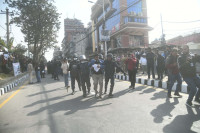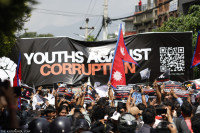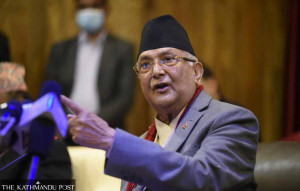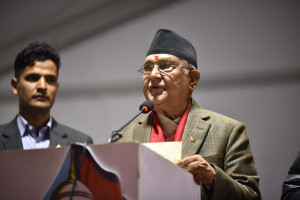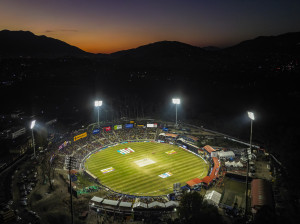Editorial
A divided Maoist Centre
Will Bhattarai be able to bring the hill and the Madhes populations together?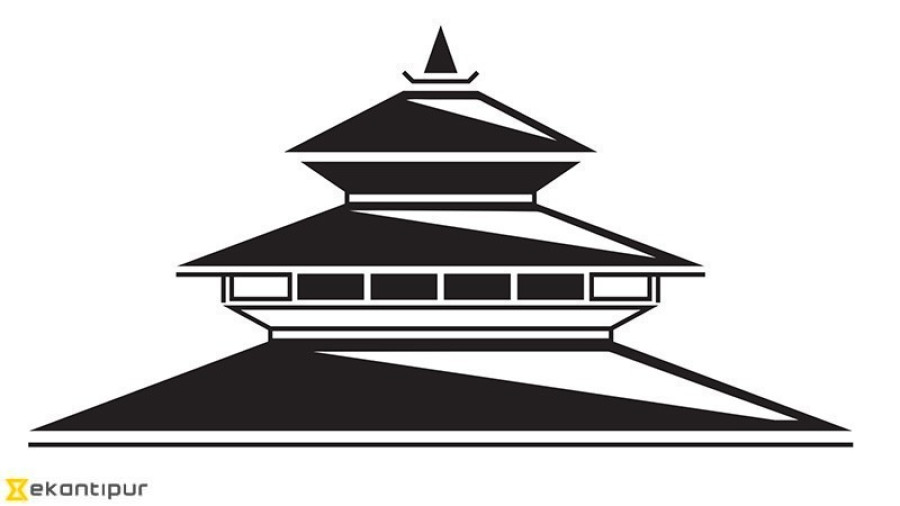
It is well known that the original Maoist party is now in a severely weakened state. Over time, it split into various factions. Although the core faction of the original party—the Maoist Centre—is currently leading the government, its leaders recognise that there is widespread disillusionment with the party and that they need to broaden their support base.
This is perhaps the primary reason why the Maoist Centre has been trying to ally with various other small Maoist factions that have broken away from it. These groups have started claiming that such an alliance is necessary to protect Nepali nationalism and sovereignty. These are old concepts in the communist lexicon, and have been deployed with varying degrees of success by different groups over the years. Most recently, it has been the CPN-UML that has raised the trope of nationalism, and anti-Indian sentiments, to rally support.
It now appears that the Maoist Centre is keen to do the same. But the claim to represent nationalism, while it can be a strong rallying point, could be equally difficult. There are dramatic differences between Dahal’s vision and that of, say, Chand’s. It appears unclear how they can work together on a common platform.
The former Maoist leader Baburam Bhattarai, meanwhile, has been involved in his own efforts to expand the support base of his new party Naya Shakti Nepal. His efforts are very different from that of the original Maoists. Rather than try to bring various former Maoist groups together, his strategy has been to expand to other political groups and sections of society that were hitherto unreceptive to the Maoists. His first attempt after forming his party was to attract members of the urban middle classes across the country, a group that has historically been antagonistic to the Maoists. More recently, he has been trying to create alliances with a range of Madhesi parties that have been protesting against the new constitution.
It is too early to say whether this effort will work. For one, many Madhesi leaders have long been sceptical of communists from Nepal’s hills and are critical of Bhattarai’s role during the constitution drafting process. In addition, the coalition that Bhattarai is trying to build consists of motley elements and is unwieldy in nature.
But it is definitely a worthwhile task to bring together political groups from different areas of the country. If this venture works, it could be one way that will help reduce the gap between the communities in the Tarai and the hills. For now, all three major parties—the NC, the Maoist Centre, and especially the UML—have failed to offer a unified vision of Nepali nationalism.




 9.12°C Kathmandu
9.12°C Kathmandu
